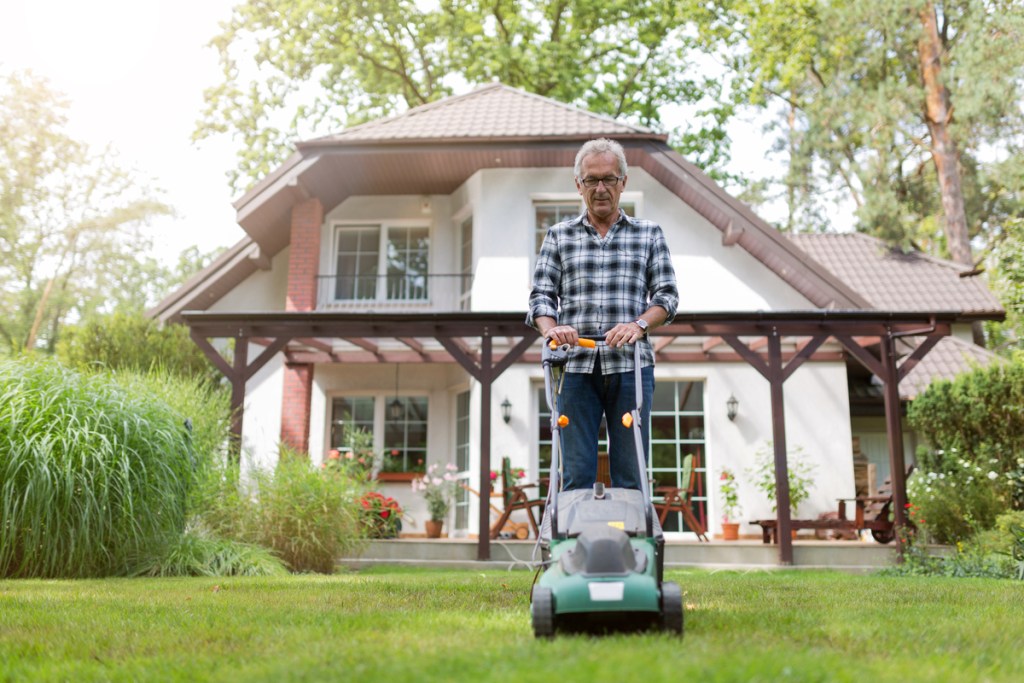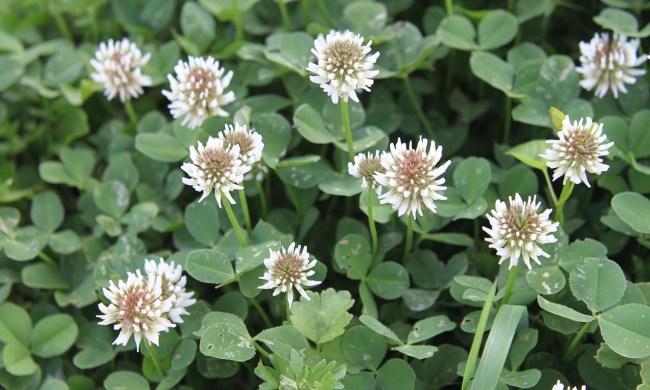To those who are unfamiliar with warm-season grasses, scalping may sound like something to avoid. However, heat-loving lawns actually benefit from the occasional aggressive mowing. When done at the right time of year, and in the right way, scalping is as helpful to the lawn as fertilizer or irrigation. Scalping your Bermuda grass can prevent future problems and improve its overall health when done correctly. To learn how and when to scalp Bermuda grass, keep reading!
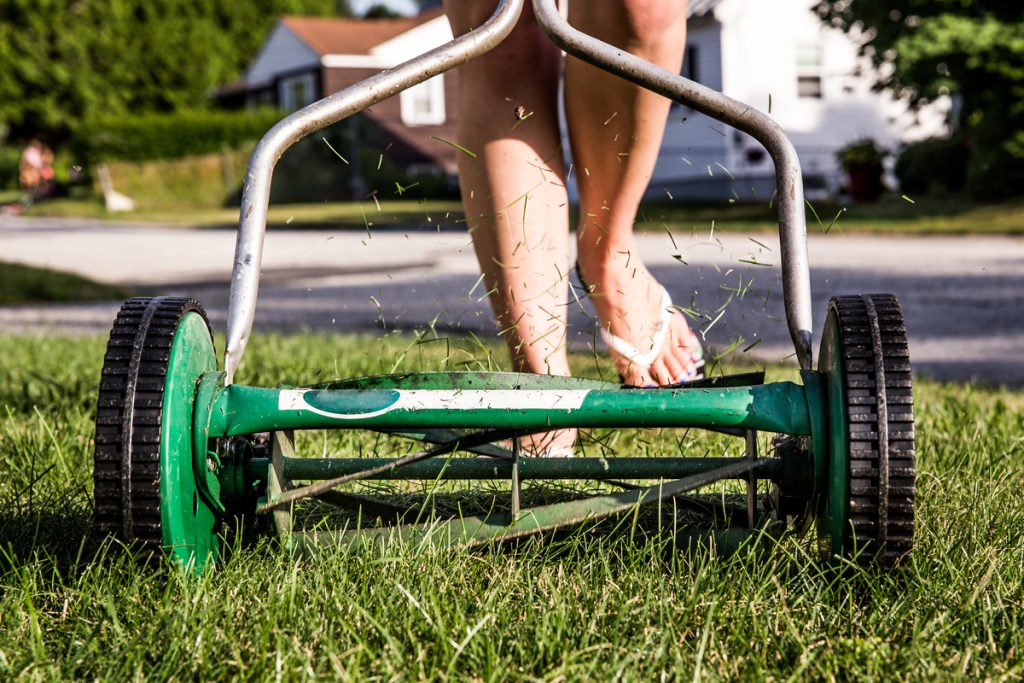
Scalping a lawn
Only Bermuda grass and zoysia grass should be scalped annually. This aggressive treatment will damage or kill most other lawn grasses, so avoid the temptation to experiment. Bermuda grass and zoysia grass are resilient warm-weather grasses that can withstand more intense care routines.
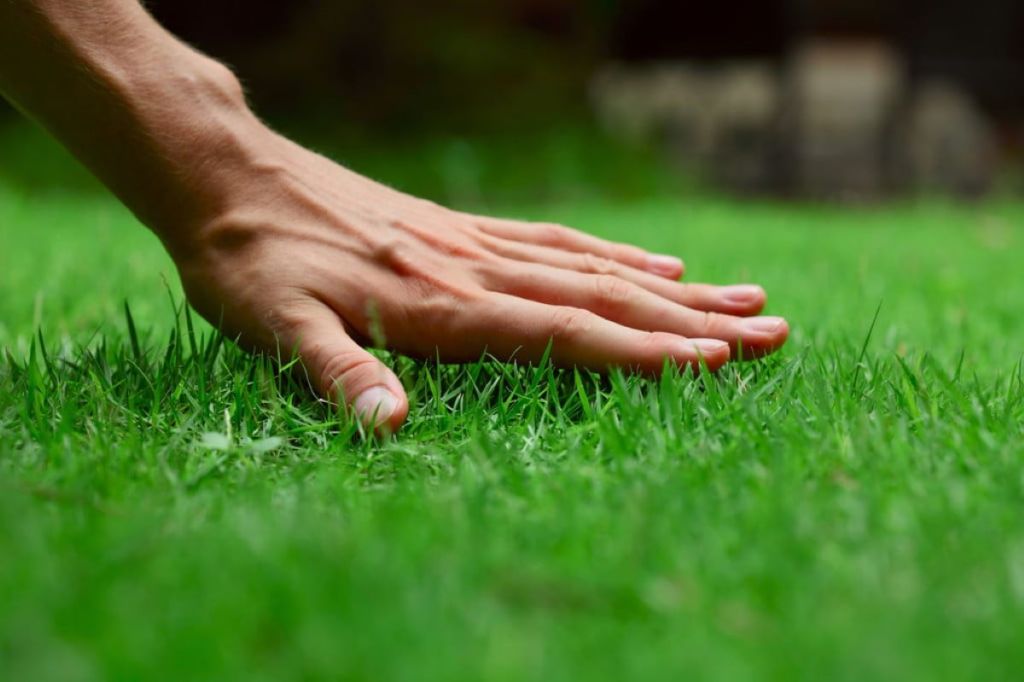
Grass anatomy
The stems of Bermuda and zoysia grasses grow horizontally, both above and below the soil line. The above-ground stems are called stolons, while the below-ground stems are called rhizomes. Leaf blades grow upward and roots grow downward from joints called nodes.
The stolons and rhizomes form a thick, matted network that helps the grass grow into a dense carpet-like lawn that chokes out weeds. The dense mat, or sod, is responsible for the self-healing ability of these grasses, making them desirable for nearly any grass application, from residential lawns to ball fields, parks, and pastures.

Scalping as part of preventative maintenance
If left alone, the stolon layer continues growing thicker with each new season. Over time, the thick layer of stolons and rhizomes becomes thatch, which harbors insects and disease pests and prevents water absorption. Occasional scalping, or mowing extremely low, removes some of the stolons, helps to prevent thatch buildup, and reinvigorates the lawn.
You should only scalp lawns that are established. If the lawn was installed within a calendar year, scalping is not necessary. Beginning the second year, scalp annually.

How to scalp a lawn
Don’t risk damage to either the mower or the grass. Start with freshly sharpened mower blades that will slice cleanly through the tough stolons. Lower the deck to cut the grass at 1 inch high. Mow the lawn with a bagger attachment, or rake up the clippings afterward. Use caution while mowing where the ground slopes or dips, as an uneven surface can cause the mower blade to cut into the dirt, which is not helpful.
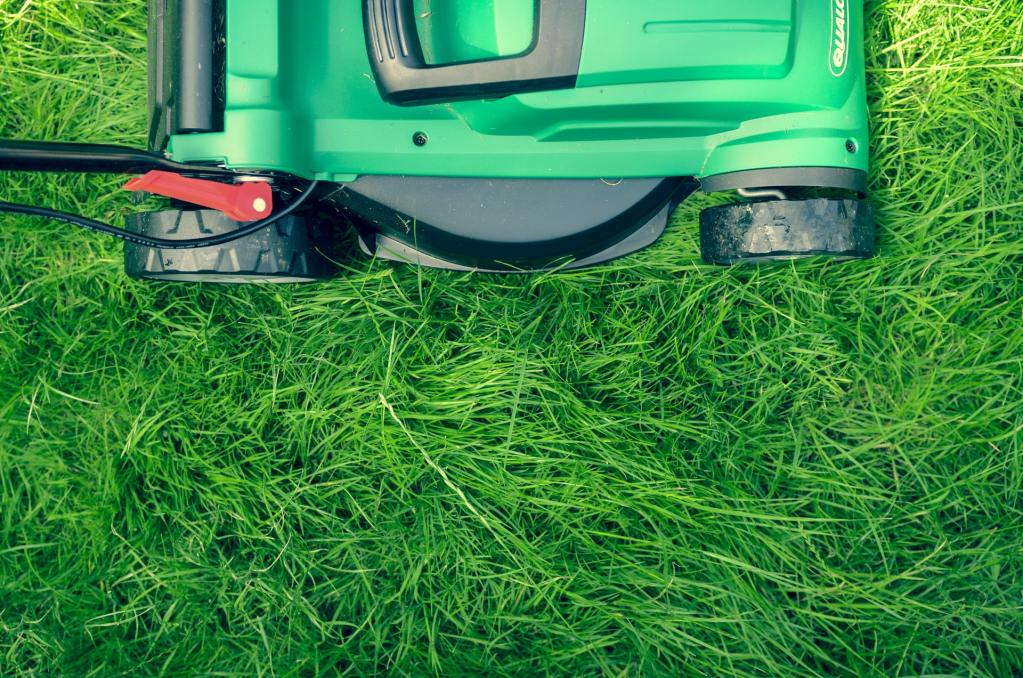
When to scalp Bermuda grass
The best time to scalp a Bermuda grass lawn is in the early spring (mid-March to the end of April) when the first green blades begin to peek through the brown, dormant foliage. At this time of year, the grass has a long season ahead to repair damage and recover from stress. As the soil warms, the grass will quickly grow fresh new foliage.
If the thatch layer is more than half an inch thick, scalping is not enough. Use a dethatcher to break up the thick, compacted stems and foliage first. The blades on the dethatcher should be spaced 2 to 3 inches apart, and set to a quarter-inch depth. Then scalp to remove the debris. Do not use a power rake with closely spaced tines as that would risk damaging the lawn.
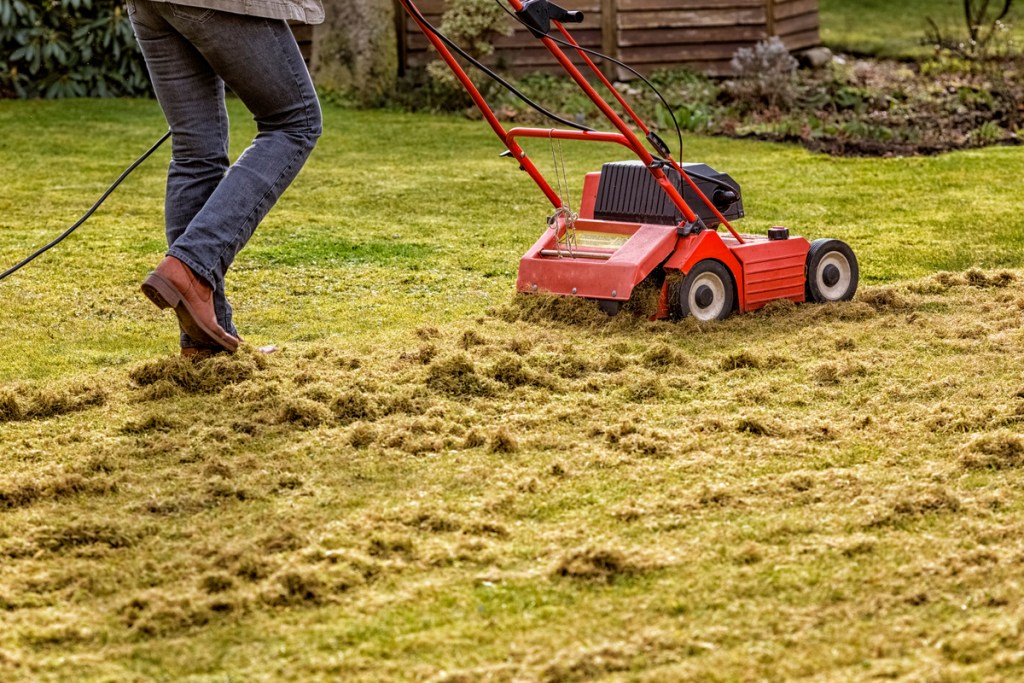
Prevent thatch with proper maintenance
Thatch buildup is partially prevented with annual scalping, but dethatching may be necessary, even under the best of maintenance, every five years or so. If thatch is a bigger problem in your yard, it may be due to one or more problematic maintenance habits.
Maintain the proper height
Bermuda grass should be maintained throughout the growing season at 1.5 to 2.5 inches. Regular mowing should remove about one-fourth of the height to bring it back into the 1.5- to 2.5-inch range. However, the grass grows quickly in the summer, especially when rainfall is plentiful, so you occasionally may need to mow it more than once per week.
Overgrown grass can lead to thatch buildup. If you miss a mowing and the grass is too high to bring back to its normal height all at once, do so in stages. Rather than cutting 5-inch grass in half, mow it first at 3.75 inches, wait four days, and then mow again at 2.5 inches.
Pick up the clippings
When scalping your Bermuda grass lawn, be sure to pick up or bag the clippings to keep the thatch from smothering the grass, which can stifle its growth. Keeping the clippings on the ground can also invite weeds and disease. You also want to expose new growth to a maximum amount of sunlight.
Water wisely
Overwatering and frequent shallow watering are leading causes of thatch buildup. Bermuda grass needs 1 to 2 inches of water weekly, from two or three waterings (including rain). If you use an automated sprinkler system, add a rain sensor that will shut off the pre-programmed irrigation cycle in case of precipitation.
Eliminate soil compaction
If the soil is tightly compacted, Bermuda grass will creep closer to the surface. Shallow roots mix with shallow rhizomes and cause a thicker layer of stolons to form. Eventually, the grass may appear yellow and die out in patches. Check for soil compaction by pushing a screwdriver into the soil in several places. If you can push it all the way up to the handle, compaction is not a problem. If not, use a core aerator to loosen up the soil and make room for deeper roots.
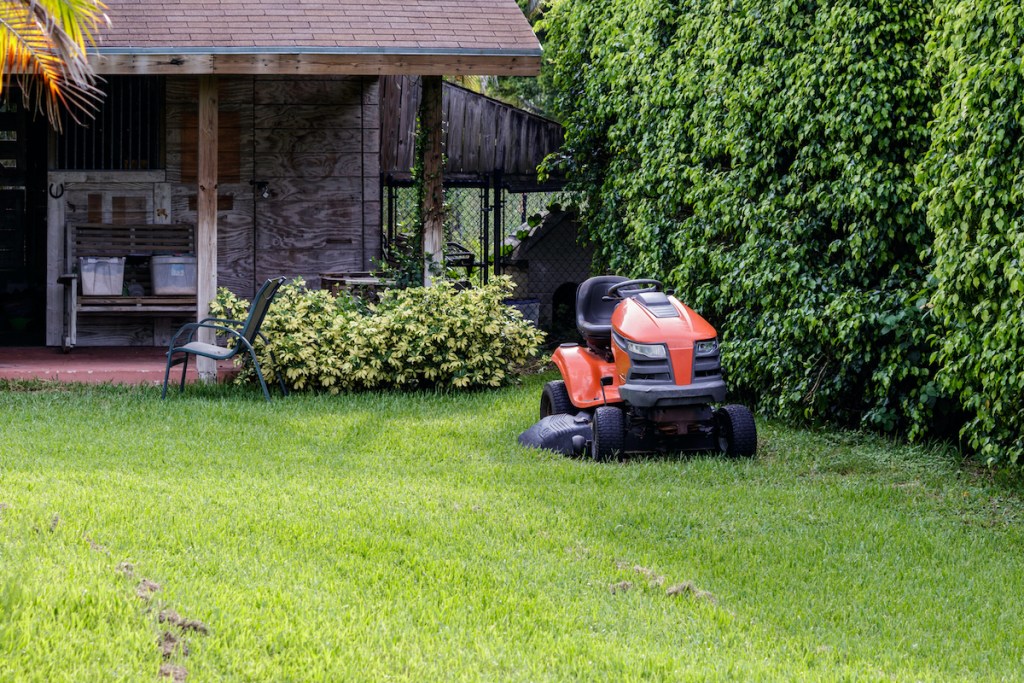
What happens if you cut Bermuda grass too short?
Accidents happen, so there’s always a chance you could cut your Bermuda grass too short when scalping it. However, in most cases, your Bermuda grass will recover. Continue watering, feeding, and caring for your lawn as you normally would. Don’t scalp your lawn any further until your grass has fully recovered. If you cut your Bermuda grass shorter than half an inch, you may see patches of grass that are slow to recover or not recovering at all. Reseeding these areas can help replace dead grass and get your lawn back to a full, healthy appearance.
And, of course, annual spring scalping helps keep thatch in check. Be sure to scalp properly to avoid damaging the root system and pick up all clippings so that the new growth is exposed to maximum sunlight. Starting off the season with a great “haircut” is the best first step toward a great lawn.
